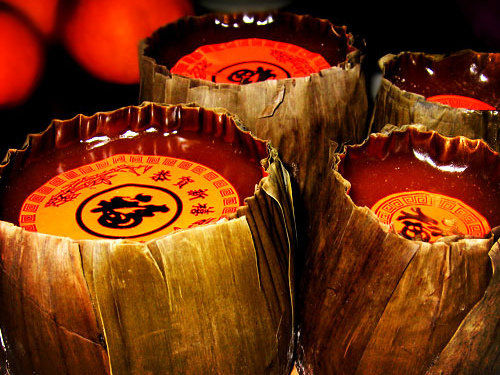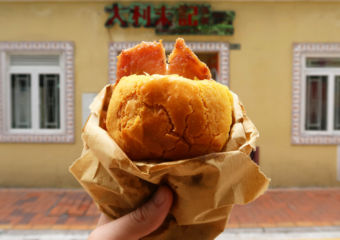Traditions in China can differ depending on the region especially during Chinese New Year. However, the one thing that they all have in common is celebrating the importance of family and respect for your elders. Every year, people from northern and southern China enthusiastically discuss the different Chinese New Year traditions on Weibo—Chinese Twitter. These range from food and decorations to celebrating different days during the Lunar New Year.

Picture credit: Etsy
Decoration difference
Firstly, let’s start with the Chinese New Year decoration. In northern China, it’s customary to stick paper cut outs as shown in the picture above for window decorations. However, in southern China, paper cut outs are only for happy events like a wedding ceremony. These paper cut outs require a lot of skill to make but the days of scissors and paper are over. Now, most people just buy machine-made paper cut outs from shops instead.
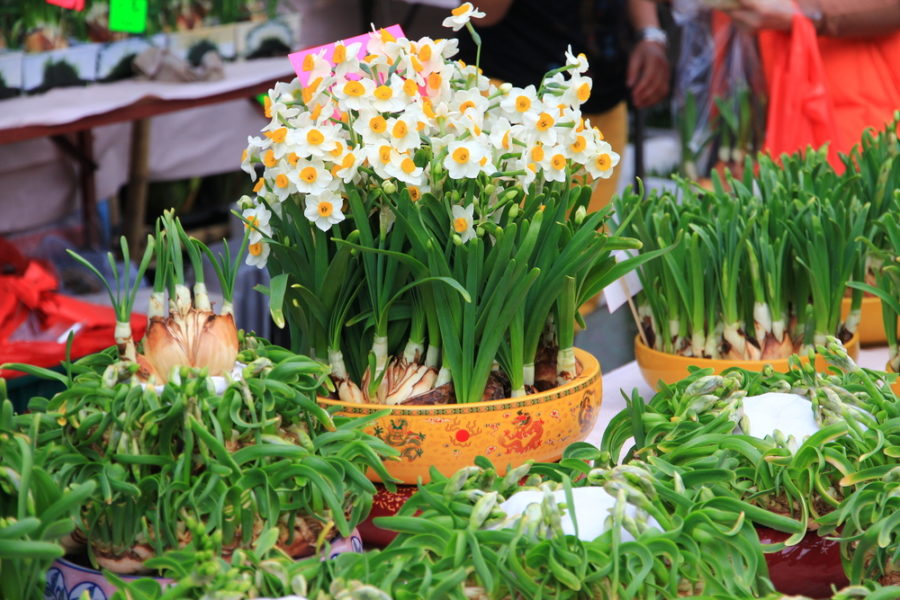
Photo credit: Expatliving.hk
Another season of giving
Much like Christmas, Chinese New Year is also a season of giving. Gifts can be in the form of food that comes beautifully wrapped in hampers, clothes or even flowers. Read this for a round up of gift ideas for Chinese New Year in case you’ve yet to decide!
In Macau, it is tradition to give fresh flowers, potted plants and bouquets as a symbol of good luck. Thus, flowers and other “auspicious plants” will be in great demand at this time. Mandarin trees are thought to bring good fortune and prosperity whereas stems of “lucky bamboo” could bring auspicious qualities for a happy home. Other beautiful offerings include pussy willow, cherry and plum blossoms and orchids. Check out these flower markets to get the best blooms for your own home or as gifts:
Tap Seac Flower Market
Where: Tap Seac Square
When: Jan 28—Feb 3, 9:00am—00:00am; Feb 4, 9:00am—2:00am of the following day
Iao Hon Flower Market
Where: Iao Hon Market Garden
When: Jan 28—Feb 3, 9:00am—10:00pm; Feb 4, 9:00am—00:00am
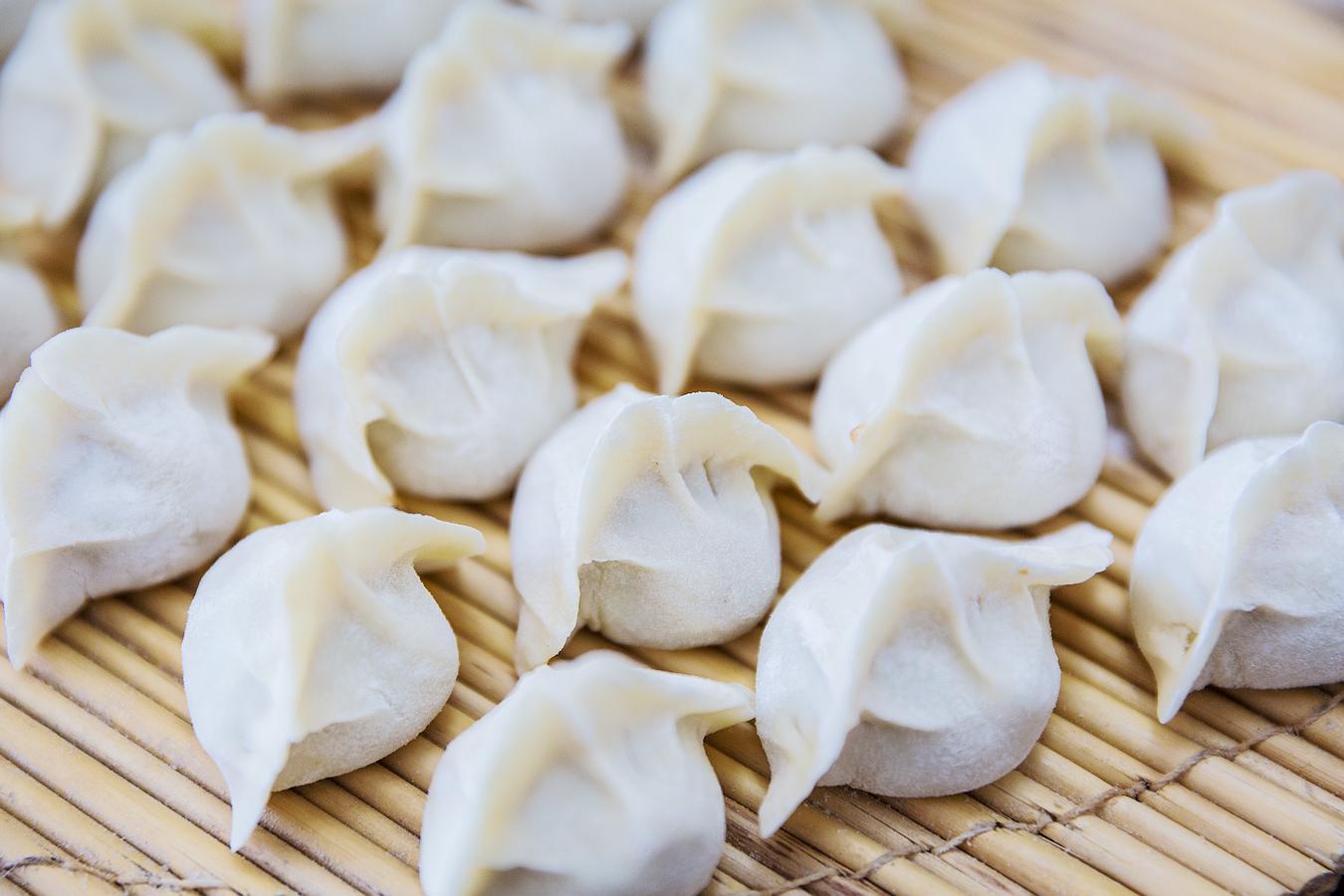
Photo Credit: Souhu
Chinese food puns
During New Year’s Eve, northerners would wrap dumplings with different fillings such as sugar, peanuts, dates, chestnuts, and perhaps surprisingly, a coin. Each filling represents a different wish and those who eat them will have the corresponding wish come true. Obviously, whoever eats the coin-filled dumpling is blessed to make a fortune in the coming New Year. It’s a family event because the dumplings are usually wrapped while watching the Spring Festival Gala Show.

Photo Credit: happydivination.xyz
In the South, they prefer sweeter options like rice cake and tangyuan (湯圓 tāngyuán) or sweet dumplings. Tangyuan is a small, stuffed dumpling made of glutinous rice flour. They are made to celebrate the Winter Solstice during the end of the year and also the 15th and last day of Lunar New Year. The roundness of tangyuan emphasizes unity and “yuan” in Chinese is a homophone for reunion (團圓 tuán yuán).
Homophones are very popular in the Chinese language especially when it comes to food and tradition. Rice cake (年糕 nián gāo) sounds like “raised higher every year” (年高 nián gāo from 年年高升 nián nián gāo shēng). Kumquats (金桔 jīn jú) are loved by southerners during Chinese New Year because it sounds like the words for “lucky” (吉利 jí lì).
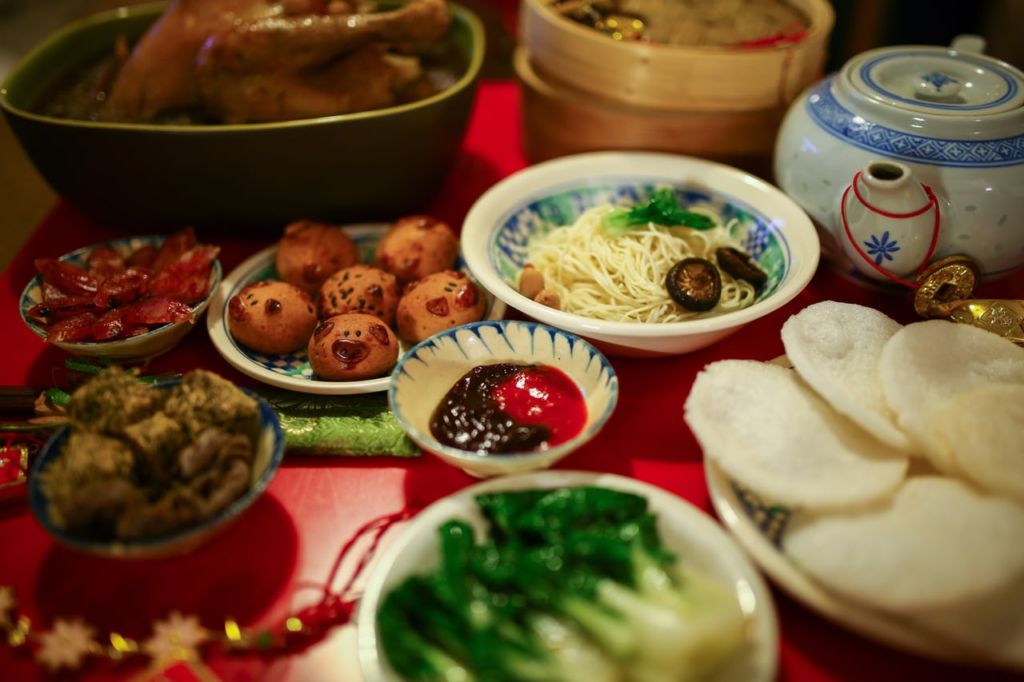
Picture credit: Chinesenewyear.net
Second gathering
On the second day of the Lunar New Year, married women across China would go back to their parents’ home. They will have their husbands in tow, along with gifts and red envelopes for their relatives’ children. For the northerners, they will feast with noodles to mean that everything will go smoothly in the New Year.
As for in the south, particularly in Guangdong province, Hong Kong and Macau, business people will have another family meal again. This is another meal after the New Year’s Eve dinner in a bid to improve their money-making luck. Lettuce (生菜 shēng cài) is a popular food among business people because it sounds like “make money” (生財 shēng cái) in Chinese.

Photo credit: Letscapturethemomentfiles.wordpress
Out with the bad luck
On the fifth day of the Lunar New Year, northerners would set off the firecrackers from “inside out”. This means that they’ll light the firecracker inside their home as they are walking towards the front door. This is to ward off bad luck! Conversely, in the south, this is the day to worship deities and employers would hand out red envelopes to employees.
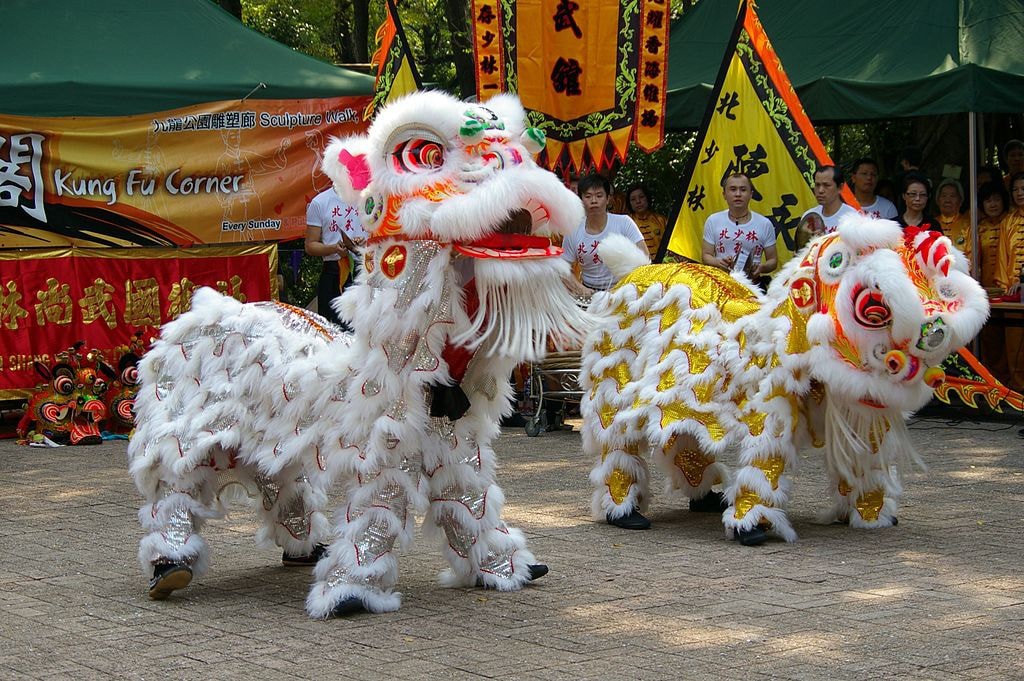
Photo Credit: Culture Trip
Yangko Dance VS Dragon and Lion Dance
The Yangko Dance was created by farmers when they worked in the rice field dating back to the Song Dynasty. This dance was to worship the god of agriculture for a fruitful harvest. The dance moves are smooth and emphasizes the rhythm, featuring jolly and exuberant scenes.
Both northerners and southerners celebrate Chinese New Year with dragon and lion dances but the dance styles are different. The northern style is more acrobatic but the southern style is more natural and mimics a lion. The lion dance consists of two performers who dance in tandem wearing a lion costume. The sound of drums and cymbals fill the air to hype up the atmosphere. The lion dance is to bring good luck for the coming year and also to fend off any bad luck.
In Hong Kong, you can watch a dragon or lion dance in many places ranging from the financial hub Pacific Place at Admiralty to the shopping mall Time Square at Causeway Bay. This celebratory custom is not only done in East Asia but also in many overseas Chinatowns or any Chinese diaspora settlements.
There will be a festival with a dragon and lion dance as its highlight in Macau. Starting with a religious ritual, the dragon and lion dance will then make their way to Senado Square for a ceremony. Afterwards there will be three separate dragon and lion dance teams spreading blessings for an auspicious Year of the Pig in a few Macau districts. More information on the dragon and lion dance here.

